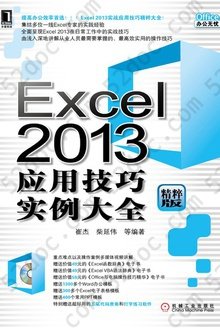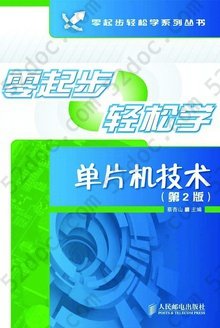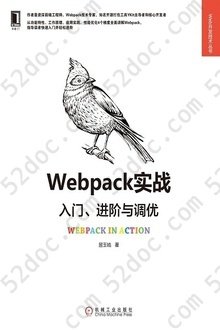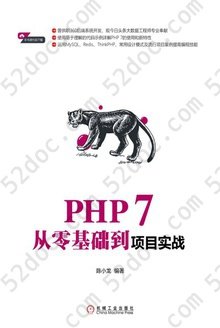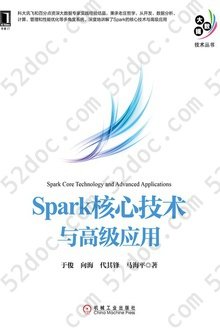注重体验与质量的电子书资源下载网站
分类于: 人工智能 计算机基础
简介

More Effective C++ 豆 8.8分
资源最后更新于 2020-11-25 04:16:50
作者:迈耶斯
出版社:机械工业出版社
出版日期:2006-01
ISBN:9787111188308
文件格式: pdf
标签: C++ 编程 C/C++ 计算机 经典 进阶 Programming 计算机科学
简介· · · · · ·
一些经过验证的用来改善程序效率的方法,包括检验C++语言特性所带来的时间和空间上的成本。
全面地描述了C++专家所使用的高级技术,包括placement new、virtual constructors、smart pointers、reference counting、proxy classes和double-dispatching等。
以实例说明异常处理带给C++类和函数的冲击。
介绍新的语言特性,包括bool、mutable、explicit、namespaces、成员模板、标准模板库等。如果你的编译器不支持这些特性,本书还介绍了如何不利用它们完成工作。
目录
AcknowledgmentsIntroductionBasics Item 1: Distinguish between pointers and references. Item 2: Prefer C++-style casts. Item 3: Never treat arrays polymorphically. Item 4: Avoid gratuitous default constructors.Operators Item 5: Be wary of user-defined conversion functions. Item 6: Distinguish between prefix and postfix forms of increment and decrement operators. Item 7: Never overload &&, II, or Item 8: Understand the differentmeanings of new and delete.Exceptions Item 9: Use destructors to prevent resource leaks. Item 10: Prevent resource leaks in constructors. Item 11: Prevent exceptions from leaving destructors. Item 12: Understand how throwing an exception differs from passing a parameter or calling a virtual function. Item 13: Catch exceptions by reference. Item 14: Use exception specifications judiciously. Item 15: Understand the costs of exception handling.Efficiency Item 16: Remember the 80-20 rule. Item 17: Consider using lazy evaluation. Item 18: Amortize the cost of expected computations. Item 19: Understand the origin of temporary objects. Item 20: Facilitate the return value optimization. Item 21: Overload to avoid implicit type conversions. Item 22: Consider using op= instead of stand-alone op. Item 23: Consider alternative libraries. Item 24: Understand the costs of virtual functions, multiple inheritance, virtual base classes, and RTrl.Techniques Item 25: Virtualizing constructors and non-member functions. Item 26: Limiting the number of objects of a class. Item 27: Requiring or prohibiting heap-based objects. Item 28: Smart pointers. Item 29: Reference counting. Item 30: Proxy classes. Item 31: Making functions virtual with respect to more than one objectMiscellany Item 32: Program in the future tense. Item 33: Make non-leaf classes abstract. Item 34: Understand how to combine C++ and C in the same program. Item 35: Familiarize yourself with the language standard.Recommended ReadingAn auto-ptr ImplementationGeneral IndexIndex of Example Classes, Functions, and Templates



